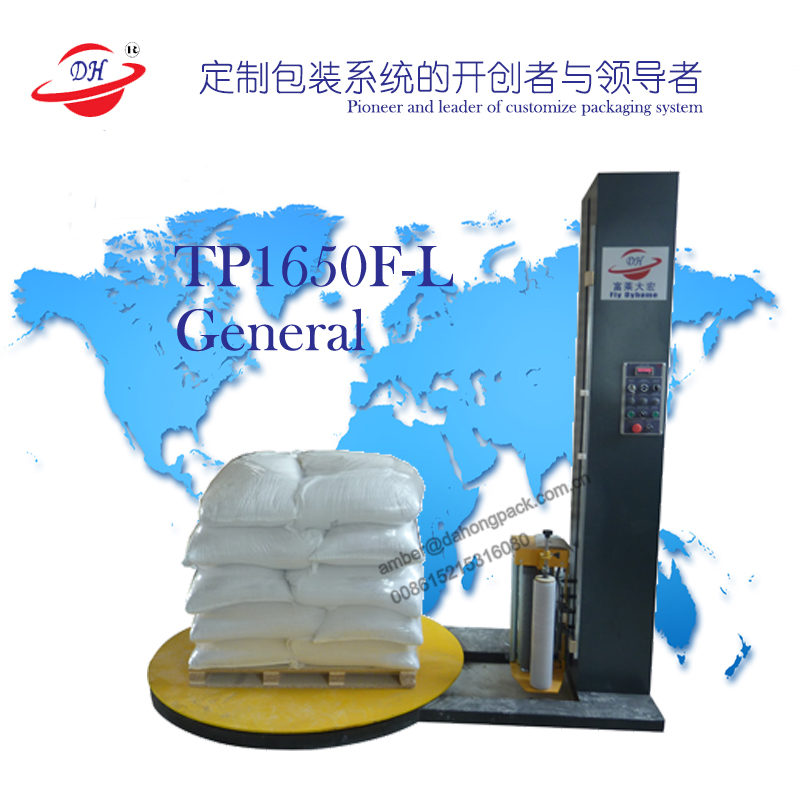Reveal the mechanism of transporting telomerase to the end of chromosome
Stem cells are special. They are present in muscle, skin, organs, and bone tissue, and can wait for years or decades until they are activated to replace damaged or lost tissue. One of the secrets of their longevity lies in an enzyme called telomerase, which enables the molecular clock that limits the lifespan of other cells to tick. This spring of cellular youth prevents the asymptotic shortening of our chromosomes. But the presence of telomerase is also a double-edged sword: the telomerase activity that ensures the long life of stem cells can also allow cancer cells to divide for a long time. In contrast, telomerase dysfunction can prevent stem cells from functioning, leading to serious diseases.
Now, in a new study, researchers from Stanford University School of Medicine for the first time identified how telomerase was recruited to the ends of chromosomes and found a way to block its activity. Related research results were published in the journal Cell on August 3, 2012. The corresponding author is Professor Steven Artandi and the first author is graduate student Franklin Zhong.
Under normal conditions, telomerase is expressed in adult stem cells, immune cells, and cells in developing embryos. In these cells, the enzyme adds a cap structure to the newly copied chromosome ends, allowing the cells to divide without restriction. Without telomerase, when the length of the end of the chromosome called telomere shrinks below the minimum length, the cell stops dividing or dies. Unfortunately, this enzyme is also relatively active in almost all cancer cells.
Earlier research in Artandi's laboratory identified a protein called TCAB1: the protein can carry the telomerase complex to a processing area called the Cajal body in the nucleus. But no one knows how this complex is carried to the end of telomeres, and the larger size, multiple components, and relative scarcity of this complex also hinder research. In this new study, the researchers found that telomerase was recruited to telomeres by interacting with the protein TPP1 that coats the ends of chromosomes. More importantly, they identified a precise region on telomere binding to TPP1: a region called OB-fold. When this site on TPP1 was mutated, the researchers were able to block the interaction of these two proteins, thereby blocking the transfer of telomerase to telomeres. Moreover, when they interfered with this interaction in human cancer cells, the telomeres of the cancer cells began to shorten. Today, researchers are evaluating whether the lifespan of these cancer cells and their ability to divide uncontrollably can also be affected by treatment methods.
To this end, Artandi and his colleagues used cells from patients with pulmonary fibrosis to conduct research. However, until this time, this disease associated with telomerase mutations has plagued researchers and clinicians, because in laboratory tests, the mutant telomerase appears to be very active in patients. Zhong and Artandi discovered that the mutations associated with this disease occur in the region of telomerase that interacts with TPP1, interfering with their binding. Therefore, although this mutant enzyme is active, it cannot go to where it is needed.
This discovery may help people start thinking about the development of inhibitors-perhaps peptides or small molecules-to disrupt the interaction between telomerase and TPP1, which may play a very important role in the treatment of cancer .
Shandong Dyehome Intelligent Equipment Co.,Ltd(Company NEEQ STOCK CODE:836635)
Stretch wrapping machines are used to wrap stretch film around a loaded pallet. Film provides extra support while the products are being transported & storaged to protect them from tip, spill or from being damaged. Additionally , wrapped loads can easily be separated and identified. Stretch Pallet Wrapper is widely used in chemical industry electronic industry building materials home appliances papermaking foodstuff & drink etc.
Machine is using a standard type of stretch film packaging material for creating a hard to tear, resistance,waterproof cover over the baggage. The film is recyclable.width:500mm, thickness:20-25microns, length:1500m, weight:max16kg,
stretchable,one side sticky, transparent or colored.
TP series Pallet Wrapping Machine with CE certificate widely use for the goods place on the pallet as below picture

General Model:
Grow Together With you Customers And Agents!!
Wrapping size(L*W)
(500-1100)mm*(500-1200)mm (Can be design as requirement)
Packing height
(500-2000)mm (Can be design as requirement)
Packing efficiency
20-40 loads/hour
Turntable speed
0-12rpm
Turntable diameter
Diameter:1650mm height:85mm
Turntable loading(max)
2000kg (Can be design as requirement)
Up-down frame
Double-chain,Up-down speed variable
Film carriage
Pre-stretch
Control system
PLC
Machine weight(max)
600kg
Machine size
2650mm*1650mm*2400mm
Electrics
Single-phase 220V/50Hz (Can be design as requirement)
Power
Turntable:0.75kw, film carriage:0.37kw, up-down:0.4kw
Semi-auto Pallet Wrapping Machine
Tp Series Pallet Wrapping Machine,Pre-Stretch Pallet Wrapper,Pallet Wrapping Machine,Automatic Pallet Wrapping Machine,Pallet Wrapper
Shandong Dyehome Intelligent Equipment Co., Ltd. , https://www.dyehomepack.com